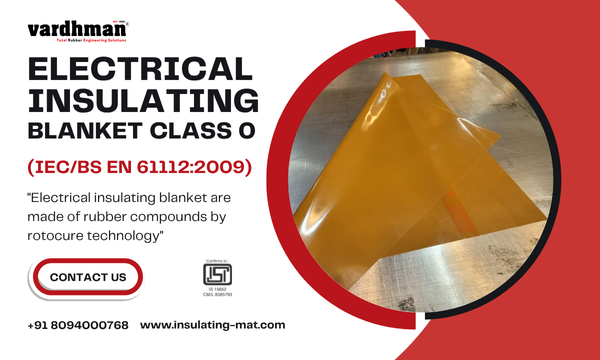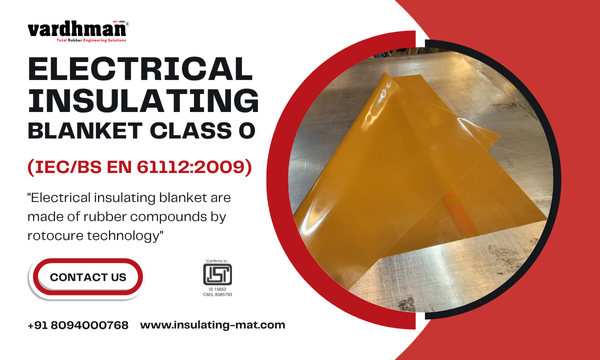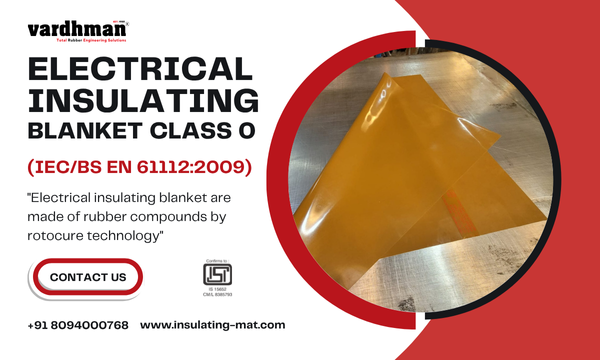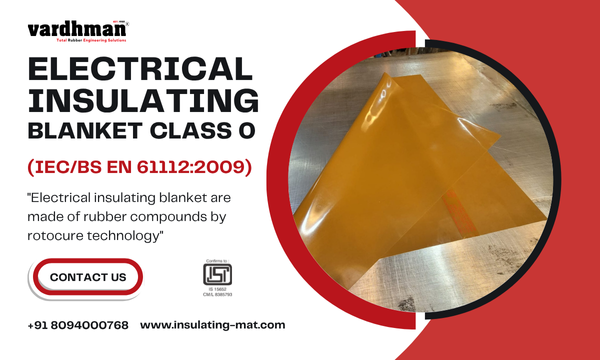
The oil and gas industry operates in some of the most hazardous environments globally. Electrical safety is critical, and insulating mats are an essential component of comprehensive safety programs.
Unique Challenges in Oil & Gas
The industry faces specific electrical safety challenges:
- Explosive atmospheres requiring intrinsically safe equipment
- Harsh environmental conditions (extreme temperatures, moisture)
- High-voltage equipment in remote locations
- Exposure to oil, chemicals, and corrosive substances
- 24/7 operations requiring constant vigilance
Critical Applications
Insulating mats are essential in these oil and gas locations:
1. Refineries
Protection at electrical substations, control rooms, and pump stations where high-voltage equipment is prevalent.
2. Offshore Platforms
Marine-grade insulating mats that withstand salt water exposure and provide reliable protection in confined spaces.
3. Drilling Sites
Portable insulating mats for temporary electrical installations and equipment maintenance.
4. Processing Facilities
Chemical-resistant mats for areas with exposure to petroleum products and processing chemicals.
Specification Requirements
Oil and gas industry insulating mats must meet stringent requirements:
- Voltage Rating: Typically Class 2 (20kV) to Class 4 (40kV)
- Chemical Resistance: Must withstand exposure to oils, fuels, and chemicals
- Temperature Range: -40°C to +70°C operation
- Fire Resistance: Self-extinguishing properties
- Certifications: ASTM D178, IEC 61111, API standards
Maintenance in Harsh Environments
Regular maintenance is crucial:
- Weekly visual inspections for damage
- Monthly cleaning to remove oil and contaminants
- Quarterly electrical testing
- Annual replacement or recertification
- Immediate replacement after any incident
Integration with Safety Management
Insulating mats should be part of a comprehensive safety program including:
- Lockout/tagout procedures
- Personal protective equipment (PPE)
- Arc flash hazard analysis
- Emergency response planning
- Regular safety training and drills
Industry Best Practices
Leading oil and gas companies follow these practices:
- Use color-coded mats for different voltage ratings
- Implement strict inspection and documentation protocols
- Maintain spare mat inventory for quick replacement
- Provide specialized training for harsh environment applications
- Partner with certified suppliers for quality assurance
In an industry where safety is paramount, quality insulating mats are not just equipment—they're life-saving tools that protect workers every single day.




